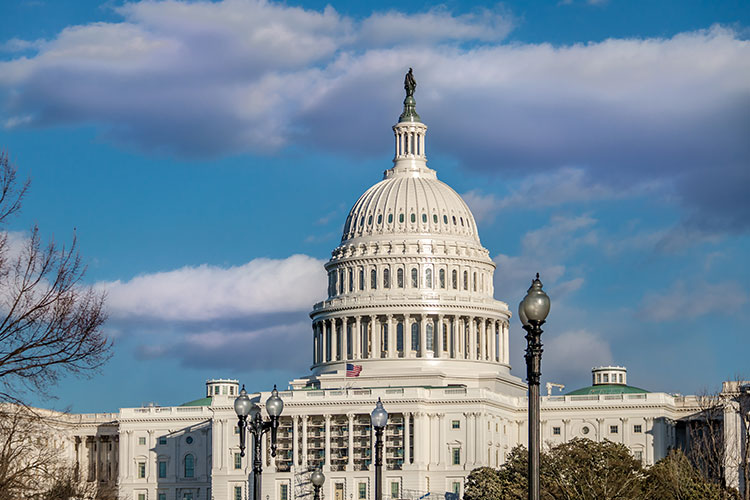Author Recent Posts Asfand Yar Khan Latest posts by Asfand Yar Khan (see all) Outcomes of the Shanghai Cooperation Organisation Heads of Government Summit – October 28, 2024 Deliberations and Outcomes of the 79th Session of the UNGA – October 11, 2024 SCO in Pakistan: Can it bring Normalcy in Indo Pak Relations? – September
Sheikh Hasina’s downfall in August 2024, after 15 years in power, was precipitated by a combination of widespread public discontent, violent crackdowns, and a deteriorating political environment that led to mass protests. The immediate trigger was a student-led protest against civil service job quotas, which quickly escalated into a broader movement fueled by anger over corruption, unfair elections, and human rights abuses. Hasina’s government responded with heavy-handed tactics, including deploying the military, imposing curfews, shutting down the internet, and carrying out mass arrests. Despite these measures, the protests grew, leading to deadly clashes between protesters, police, and pro-government forces. Over time, the movement expanded to demand Hasina’s resignation.
Hasina’s government was also characterized by increasing autocracy, suppression of dissent, and a crackdown on political opposition, which further alienated the population. International criticism mounted over her government’s human rights record, particularly regarding extrajudicial killings, enforced disappearances, and the stifling of free expression. The final blow came when the military, which had been a key pillar of her support, refused to continue enforcing her directives against the protesters, ultimately leading to her resignation and exile. Various student protests have taken place, driven by different grievances, including issues related to road safety, education, and political freedoms. The first movement was sparked by the deaths of two students in a road accident in Dhaka in July 2018. The accident, caused by reckless driving, led to widespread outrage among students.
One of the most significant factors threatening Sheikh Hasina’s political stability was the increasing perception of her government as authoritarian. Over the years, her administration had been accused of systematically dismantling democratic institutions, suppressing dissent, and curbing press freedom. The passage of the Digital Security Act in 2018, which had been widely criticized for stifling freedom of expression, exemplifies this trend. Journalists, activists, and opposition figures have faced harassment, arrests, and even violence under her regime. This erosion of democratic norms did not only alienate significant portions of the population but had also drawn international criticism. Bangladesh’s reputation as a vibrant democracy had been tarnished, and the lack of credible elections, coupled with the alleged manipulation of the judiciary, weakened the legitimacy of Hasina’s government. The people of Bangladesh, particularly the younger generation got frustrated with the lack of political freedom and transparency, which culminated in a powerful demand for change.
Bangladesh’s economic growth under Sheikh Hasina had been impressive, with the country achieving a consistent rise in GDP and significant improvements in infrastructure. However, beneath this surface of economic success lied inequality and economic challenges that were increasingly becoming sources of discontent. The benefits of economic growth had not been evenly distributed, leading to a widening gap between the rich and the poor. The COVID-19 pandemic further exacerbated these economic disparities, exposing the vulnerabilities in Bangladesh’s healthcare and social safety nets. Many people were pushed into poverty, and the informal sector, which employed a large portion of the workforce, was severely impacted. Rising inflation, unemployment, and the high cost of living had added to the public’s frustration. As economic discontent grew, it became a rallying point for opposition forces seeking to unseat Hasina.
Corruption has been another longstanding issue in Bangladesh, and under Sheikh Hasina’s rule, it had continued to flourish. Allegations of corruption plagued her government, with reports of cronyism, nepotism, and the misuse of public funds. The awarding of lucrative contracts to politically connected individuals and businesses had fueled public anger and eroded trust in the government. The financial scandals surrounding the construction of large-scale infrastructure projects, such as the Padma Bridge, did also cast a shadow over Hasina’s leadership. While these projects had been touted as symbols of national pride and progress, the corruption associated with them had diminished their significance in the eyes of the public. The perception that Hasina’s government was more interested in enriching a select few rather than serving the broader population contributed to growing disillusionment.
The movement against the government’s job quota system, which reserved 56% of public sector jobs for certain groups, including descendants of freedom fighters, women, and ethnic minorities. The students demanded the reduction of the quota to a more merit-based system. The movement grew rapidly, with thousands of students participating, ultimately compelling Sheikh Hasina to resign and escape to India. Sheikh Hasina’s downfall was the result of a complex interplay of factors, including authoritarianism, economic challenges, corruption, human rights violations, environmental issues, and shifting political dynamics. While she had been a formidable leader, her continued grip on power depended on her ability to address these challenges effectively and adapt to the changing political and social landscape of Bangladesh, a test she miserably failed.
- Outcomes of the Shanghai Cooperation Organisation Heads of Government Summit - October 28, 2024
- Deliberations and Outcomes of the 79th Session of the UNGA - October 11, 2024
- SCO in Pakistan: Can it bring Normalcy in Indo Pak Relations? - September 26, 2024






















Leave a Comment
Your email address will not be published. Required fields are marked with *